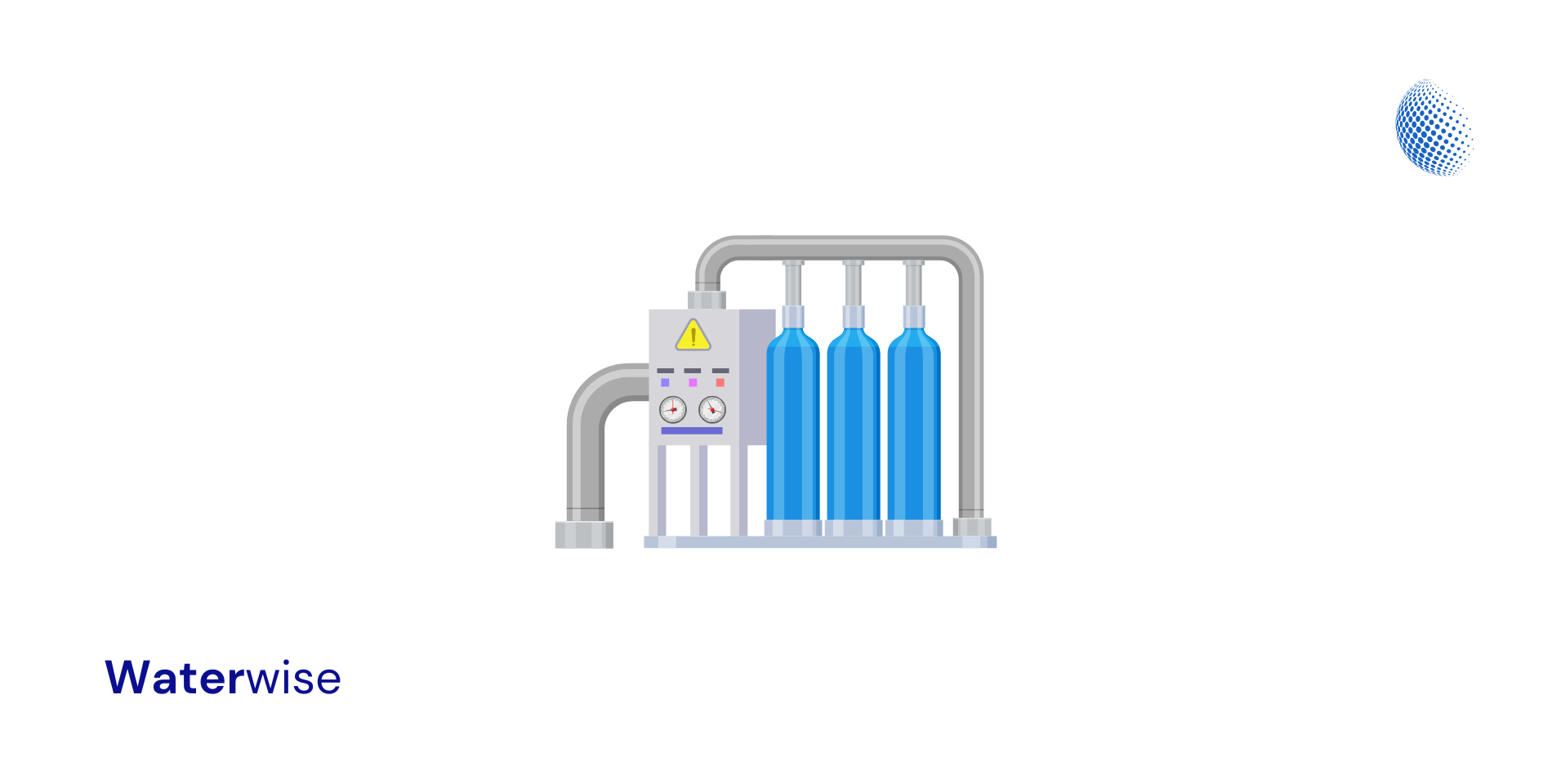Clean, safe drinking water is a fundamental human necessity. However, ensuring access to it can be a challenge, especially in areas where water sources are contaminated or scarce. To address this, various water purification technologies have been developed. Among these, Atmospheric Water Generators (AWGs) and traditional water purifiers stand out. This post will delve into a comparative study of these two technologies, examining their functionality, benefits, and potential drawbacks.
Understanding Atmospheric Water Generators
AWGs are innovative devices that extract water from the humidity in the air.
They work by cooling the air to condense the water vapor, which is then collected, filtered, and made ready for consumption. The benefits of AWGs are numerous. They provide a sustainable and independent source of water, especially useful in areas where traditional water sources are unreliable or non-existent. Moreover, they can produce water with minimal environmental impact, as they primarily rely on ambient humidity.
Understanding Traditional Water Purifiers
Traditional water purifiers, on the other hand, are devices that remove impurities from a pre-existing water source, typically tap water. They employ various purification methods, including activated carbon, reverse osmosis, distillation, and UV purification. These purifiers are effective at removing a wide range of contaminants, including bacteria, viruses, heavy metals, and chemical pollutants, ensuring the water is safe to drink.
Comparative Analysis
When comparing AWGs and traditional water purifiers, several factors come into play:
Water Quality
Both AWGs and traditional purifiers produce safe, clean drinking water.
However, the taste and mineral content may vary. AWGs produce water with a neutral taste, as it’s derived from air, while the taste of water from purifiers can depend on the source water and the purification method used.
Cost
Traditional water purifiers generally have lower upfront costs than AWGs.
However, the ongoing costs for replacement filters and electricity can add up over time. AWGs, while more expensive initially, can potentially offer savings in the long run, especially in areas with high humidity where they operate most efficiently.
Environmental Impact
AWGs have a lower environmental impact as they do not generate plastic waste from bottled water and reduce dependence on water transportation. Traditional purifiers, while they also reduce reliance on bottled water, can produce waste in the form of used filters.
Accessibility and Convenience
Traditional purifiers require a reliable source of water, making them less suitable for areas with water scarcity. AWGs can operate in a wider range of environments, provided there is sufficient humidity.
Scalability
Both technologies can serve individual households effectively.
However, for larger communities or facilities, multiple units of either technology may be required.
Use Cases for AWGs and Traditional Water Purifiers
The choice between an AWG and a traditional water purifier largely depends on the specific circumstances.
In regions with high humidity and unreliable water sources, AWGs can provide a consistent supply of clean water. Conversely, in areas with reliable tap water that needs further purification, traditional water purifiers may be more suitable.
Conclusion
Both AWGs and traditional water purifiers play crucial roles in providing access to clean, safe water.
The choice between the two often depends on individual needs, environmental conditions, and resource availability. As technology advances, we can expect to see further improvements in both fields, making clean water even more accessible to all.

